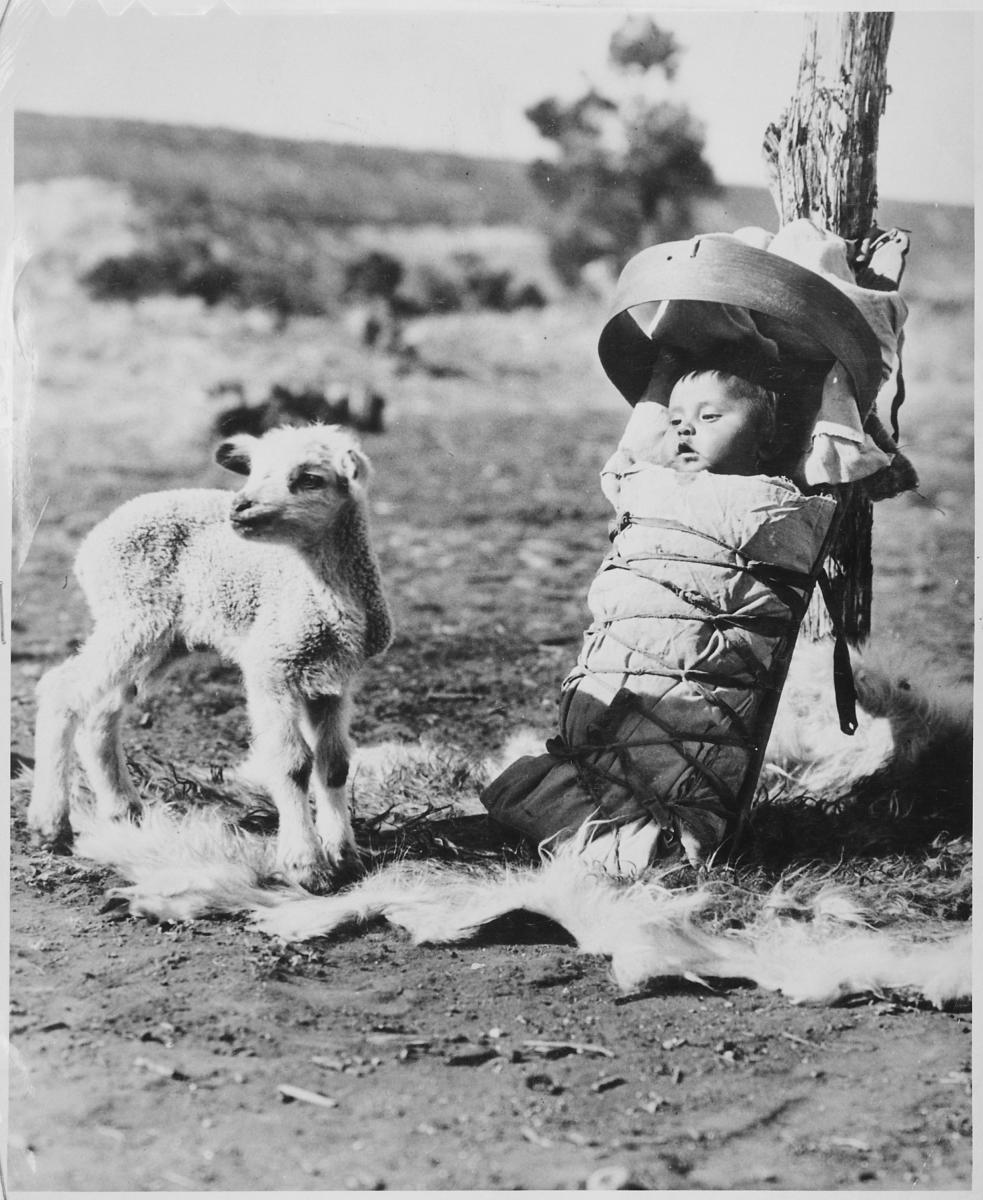
New Finding Aid Improves Search for Native American Photos
By Victoria Macchi | National Archives News
WASHINGTON, November 19, 2020— It is now easier than ever to search through more than 18,000 digitized photos from the Bureau of Indian Affairs, thanks to a new finding aid from the National Archives and Records Administration. Released on November 19, 2020, the finding aid presents more than a century of archived photographs of Native American communities from the National Archives Catalog in a researcher-friendly format, searchable by Tribal Nation, topic, or state.
Users can also explore the records through a photo array on the site’s landing page.
The culmination of the year-long project comes during National Native American Heritage Month.
"This finding aid gives the public digital access to this rich collection of photographs from the Bureau of Indian Affairs, which provide important visual documentation of Native American communities and culture,” said Pamela Wright, Chief Innovation Officer at the National Archives.
Among the records are portraits of individuals and families, and images of work, military service, crafts, medical care, and athletics, among others.
There are moments of joy and tenderness within the images, like a lamb approaching an infant bundled into a Navajo papoose in Window Rock, AZ, as well as images from boarding schools, a system that lasted into the 1970s and formed part of what the National Native American Boarding School Healing Coalition calls a “historical trauma” for Native communities.
“What we really wanted to do is acknowledge that a lot of the photographs may evoke painful or traumatic memories from a history of oppression, and most importantly of all, this is the boarding school photographs,” explained Jason Clingerman, Director of the National Archives Digital Engagement Division.
The National Archives team crafted the project in consultation with a broad range of users and stakeholders, including representatives of Tribal Nation communities, information science professionals with experience in Native American records, and representatives of organizations with connections to Tribal communities on the topics used in the finding aid.
Those discussions prompted careful language acknowledging the subject matter and descriptions of some images. Read more on the project’s “About" page.
The dialogue between staff and members of the public during the creation of this finding aid also resulted in more nuanced searching capabilities. For example, in cases where Tribal Nations are known by multiple names, National Archives staff included those variations to improve searchability.
“People may know a tribe by a variety of names. What we do is really focus on what the tribe calls themselves, but we also entered the other ones where possible,” Clingerman said.
Work from multiple National Archives offices bolstered the project. Once topics were determined, the Citizen Archivist team created a Native American Photographs Tagging Mission to leverage community participants in tagging the photographs, making them findable within the search.
“This project would not have been possible without the contributions of our citizen archivists and experts in Native American studies,” Wright said.
Records will be added to the collection within the finding aid as the National Archives digitizes more photographs from the Bureau of Indian Affairs records.
More ways to use the finding aid and search records:
- Read more from the team that lead the finding aid’s creation in this Unwritten Record blog post.
- Explore the new search tool by Tribal Nation, topic, or state.
- Additional information on searching Native American records is available through the National Archives site.
